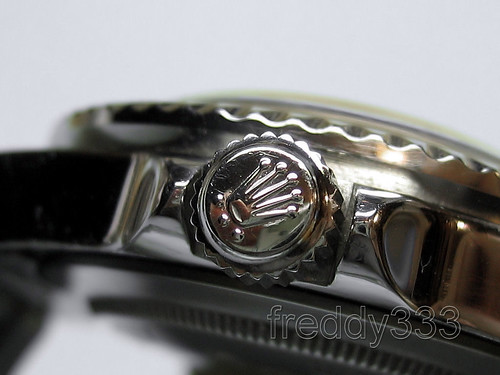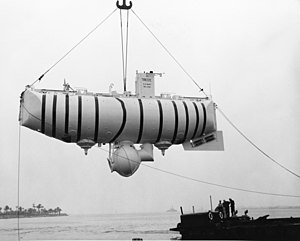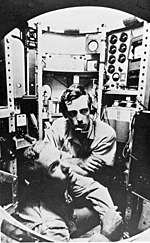If you are in the market for a Rolex watch, you obviously want to be sure you are buying the real thing. The Rolex brand of watches is the most copied watch in the world, some using very advanced counterfeit methods. One think to consider is that if it sounds too good to be true, or is a once in a life time offer, it is probably a fake.
The best thing you can do to determine a watches authenticity is to take the watch to a qualified jeweler or watchmaker that has a specialty in Rolex watches or Rolex repair. In addition, there are some obvious signs you can look out for to help save you some time. Most Rolex watches have very fine mechanical movements that allows the second hand to glide around the dial without noticeable ticks. Keep in mind that counterfeiters know this as well and have found ways to duplicate this.
The next step is to remove the watch band and between the lugs at the twelve position you should see a registered design number. Also, between the lugs at the six position you should see the serial number of the case. If either of these numbers are missing, it is a fake.
Some fake Rolexes have a glass crystal on the underside of the watch that allow you to see the watch movement. While very cool, this trait is not Rolex.
Used Rolex fakes that are gold will not be made of real gold, so look for wear and tear to see if signs of another color metal underneath. Real gold is very heavy and Rolex watches are noticeably heavy compared to fakes. The gold clasp will be engraved with the Rolex emblem. Silver color Rolexes are made of Stainless Steel which is also heavier that metal in fakes.
One model in particular that many people have been scammed with is The Submariner. The bezel on a genuine Submariner turns only counter clockwise and clicks exactly one hundred and twenty times to make a full circle. Fakes often turn in both directions and do not have the same number of clicks. Another feature to look at is the fond of the numbers used in the date. If the six and nine digits on the watch are open, it is not a true Roles Submariner.
Hopefully these suggestions help, but don't take the counterfeiters for granted. Take the watch to a professional to be sure.
Homefront Technologies, LLC. Rolex repair. Art Gib is a freelance writer.
Article Source: http://EzineArticles.com/?expert=Art_Gib










